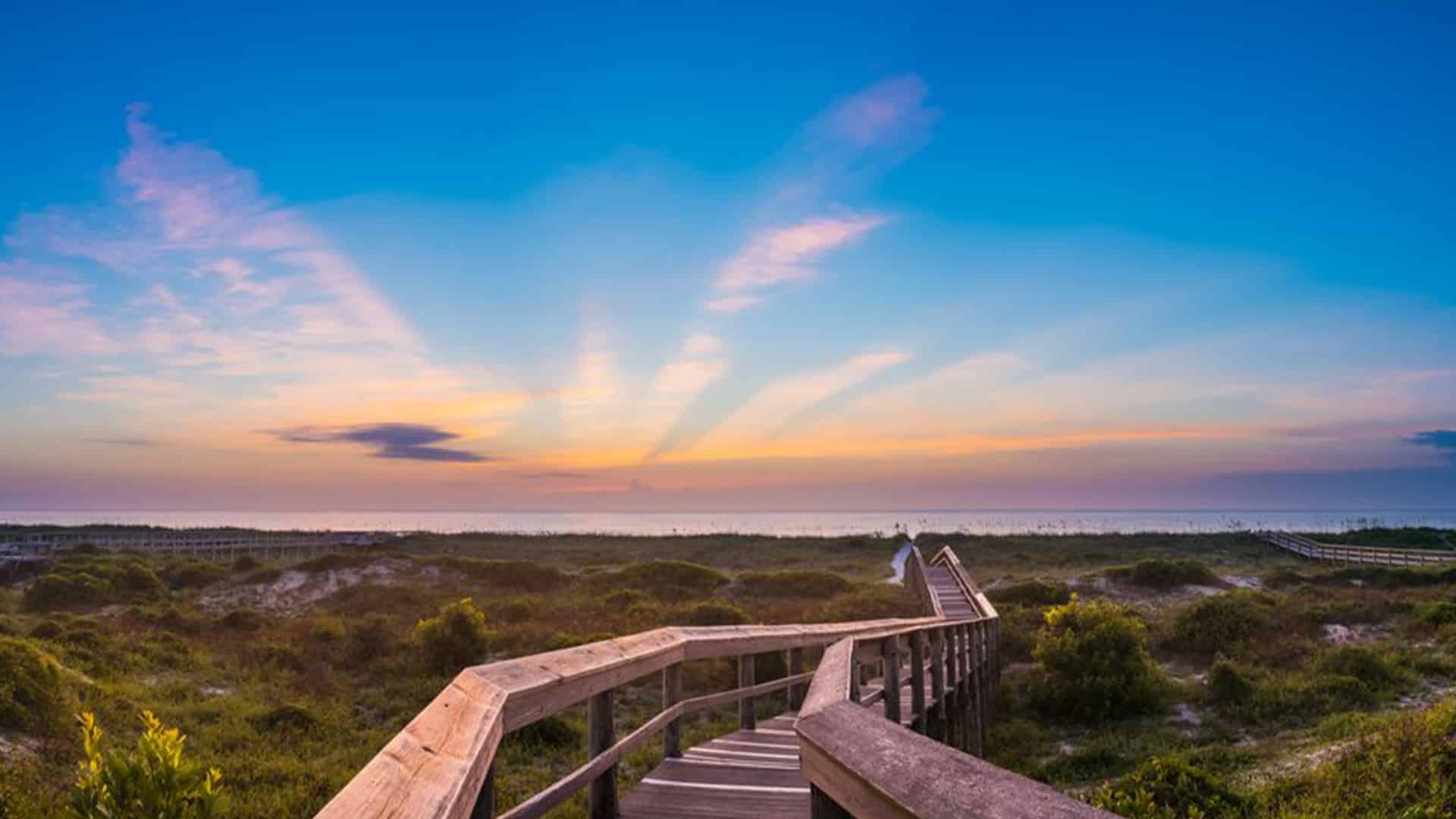Throughout its history, Amelia Island has been associated with piracy and privateering due to its strategic location and its appeal to those seeking to exploit the lucrative trade routes of the Atlantic Ocean and the Caribbean Sea. While piracy and privateering are no longer active in the area, the legacy of this colorful history still remains
The 17th and 18th centuries marked the “Golden Age of Piracy,” during which numerous pirates roamed the Atlantic Ocean and the Caribbean Sea. The treacherous waters and remote locations of Amelia Island made it an ideal base for pirates to conduct their illicit activities.
In 1817, Amelia Island became the site of the “Pirates’ Republic” when a group of pirates led by Luis Aury, a French privateer, took control of the island. Aury and his men operated under the pretense of privateering but engaged in various illegal activities, including smuggling and attacking ships. He was made to surrender to the Americans just three months later, and his ghost is said to haunt the old jailhouse (now the Museum of History).
During the early 19th century, Amelia Island saw more pirate activity due to the political instability in neighboring Spanish colonies and simmering tensions between the United States and Spain. In 1817, an American adventurer named Gregor MacGregor, along with a group of mercenaries, attempted to capture the island. However, their plan ultimately failed, and the pirates maintained their control.
In 1821, Florida was acquired by the United States from Spain, and the brand new American government hoped to suppress piracy in the region. The U.S. Navy launched an expedition to regain control of Amelia Island, successfully ousting the pirates and restoring American authority.
There’s much more to learn about pirates during your stay at the Williams House. We suggest the Amelia Island Museum of History. Book a room now to immerse yourself in days gone by!













